Here you will also find our general guidelines for newspaper printing: Download section
Only perfectly prepared image data lead in newspaper printing to beautiful printing products. Using natural papers with an open surface means that images require more intensive processing than with other printing methods.
The paper is always matt, the surface strongly absorbs the ink and if the image has not been sufficiently primed, brilliance and richness of detail are soon lost. Only a few steps are needed for an impressive image result in newspaper printing. You will find information on this in our download files. And if you are not sure how you should do it: we will handle it.
For the selection of the images to be used, fundamentally the following criteria should be complied with: use large-scale images with few details in the image and prefer high contrasts with sharp contours.
Particularly with images, it is important to use the right resolution. As a rule of thumb, a minimum resolution of 200 dpi with 100 per cent image size applies for images in newspaper printing.
| Resolution | Size (200 dpi) | Size (300 dpi) | 10 x 15 cm | 13 x 18 cm | 20 x 30 cm (ca. A4) | 40 x 60 cm (ca. A2) |
|---|---|---|---|---|---|---|
| 2 megapixels1.600 x 1.200 | 20 x 15 | 14 x 15 | ||||
| 4 megapixels2.272 x 1.704 | 29 x 22 | 19 x 14 | ||||
| 6 megapixels3.008 x 2.000 | 38 x 25 | 26 x 17 | ||||
| 8 megapixels3.456 x 2.304 | 44 x 29 | 29 x 20 | ||||
| 12 megapixels4.288 x 2.848 | 54 x 36 | 36 x 24 |
All ISO profiles used by us can be found in our Downloadsection
We offer two different newspaper formats. Here you will find the precise specifications.
Broadsheet / Large format
faq.druckdatenant04v3
You will find the precise specifications and Indesign documents in the Downloadsection
You will find all the necessary information on the precise specifications for our supplements in the DownloadsectionSie finden alle notwendigen Informationen zu den genauen Spezifikationen unserer Beilagen im Downloadbereich
Every product has a special character and this is also reproduced via the paper. For this reason, we offer a large selection of standard papers; however, we would also be pleased to obtain special types of paper for you.
faq.druckdatenant07
We print with a 60-line grid. What does that mean? For instance, the points with a 60-line are only half as large as with a 40-line and can thus no longer be broken down by the human eye as individual dots and therefore are no longer noticeable. And the typical rosettes are avoided. Images thus look sharper and clearer. grid grid grid grid
As a fundamental rule, the following applies: the fine the the more detailed the tonal values, without the viewer seeing hard gradations. grid
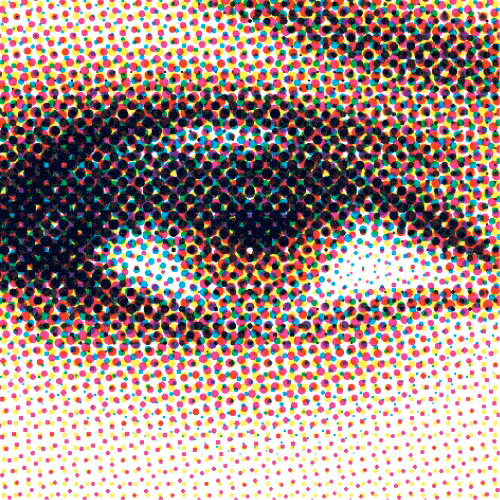
The screen ruling, also called screen frequency, is a unit of measurement for the resolution of printing grids. It indicates how many points occur per unit of length. The unit of measurement is also often indicated per centimetre (L/cm) or lines per inch (lpi), whereby lines per cm means the same as dots per cm. grid
For printing technology reasons, the fineness in the dot structure is limited. The possible fineness fundamentally depends namely on the surface quality of the selected printing paper. For this reason, the following usual frequencies result: grid grid

More details in light areas
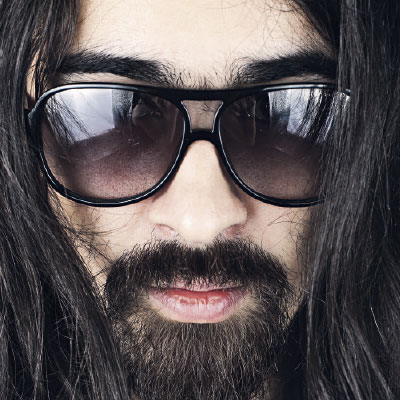
More structure in areas dark

More beautiful gradients

Greater punch and sharper details
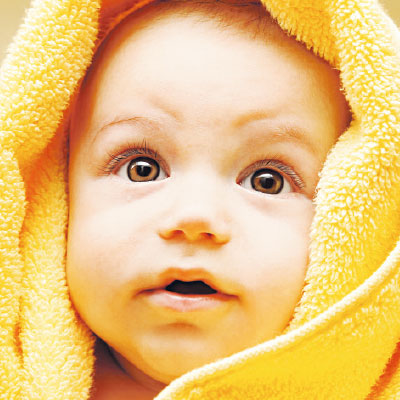
Richer colours and contrasts
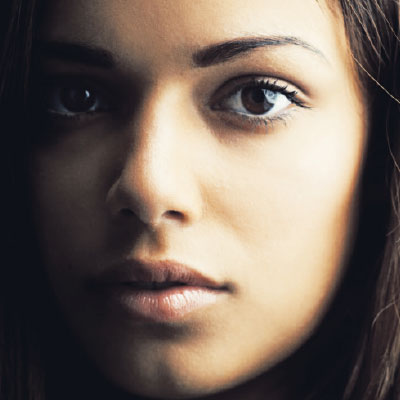
More depth
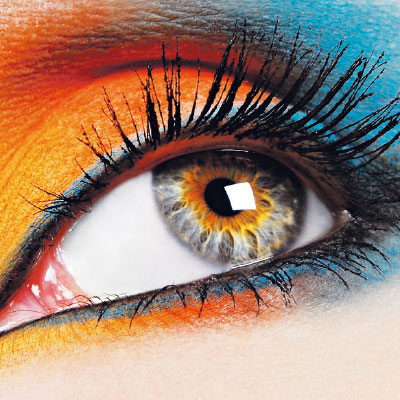
Brighter colours
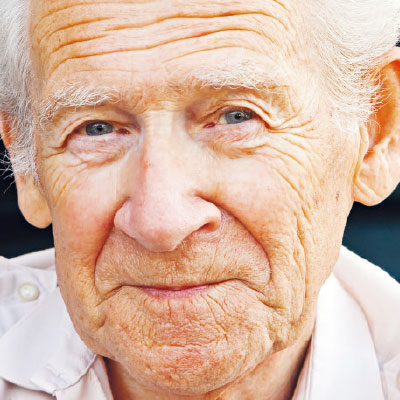
More human
For the Austrian sites, the rule applies that excess supplements can be sent to an address indicated by you. Please provide all the necessary information when placing your order. The costs will be calculated individually.
For the Austrian sites, you will find the information on the inkjet addressing in the Download section.
In these instructions it is explained to you step by step how you set up your printing data correctly in the WOBE portal and approve the soft proof.
Sites in Austria
You can reach Anita Budea at druck@styria.com or by telephone on +43 316 80 99 - 2003.

Site in Zagreb
You can reach Ana-Marija Debeljak at marketing@tiskarazagreb.hr or by telephone on +385 1 2404 491.

Sites in Austria
You can reach our sales manager Josip Novak at josip.novak@styria.com or by telephone on +43 664 413 74 64.

Site in Zagreb
You can reach our sales manager Ognjen Basarić at ognjen.basaric@styria.com or by telephone on +385 91 6300 581 .

Sites in Austria
You can reach our pre-press team at prepress@styria.com or by telephone on +43 316 875 2206.
Sites in Austria
For questions regarding printing data, you can reach Igor Simić at igor.simic@tiskarazagreb.hr or by telephone on +385 915 049 504.

Can I be of assistance?arrow_right_alt Click here

Hello, my name is Josip Novak. I am sales manager at Druck Styria and Druck Carinthia and bring your requirements and our expertise together.
You can reach me at josip.novak@styria.com or by telephone on +43 664 413 74 64.
I would be glad to arrange a personal meeting at your place or at our printing house.

We only set necessary cookies.
More information in our privacy policy.
Disable cookie-free web analytics?
Click here.